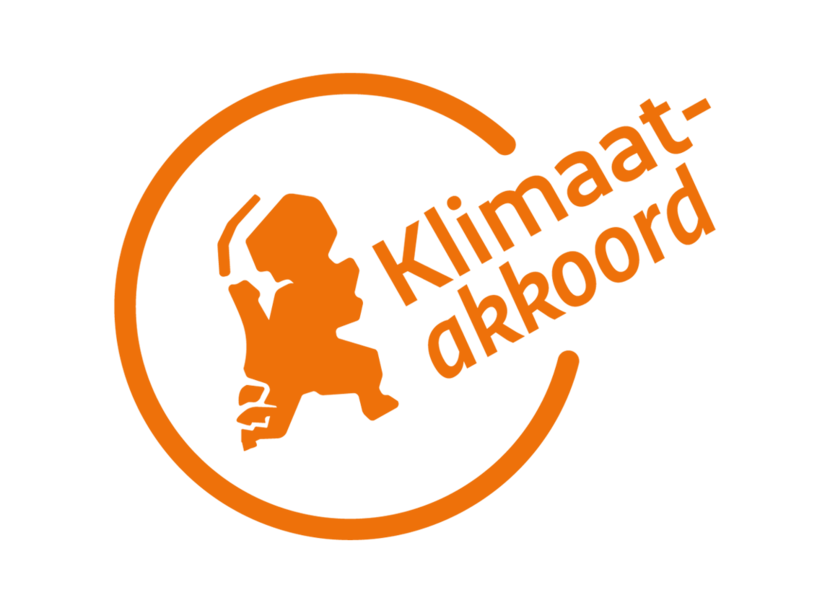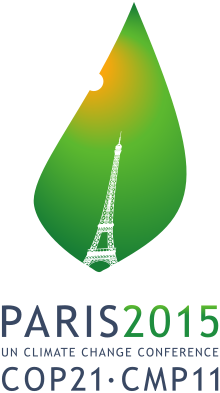Vandaag ondertekent FVD-leider Thierry Baudet in Parijs een
intentieverklaring om na de Europese Parlementsverkiezingen op 23 mei
2019 een groot eurosceptisch blok te gaan vormen met eurokritische
partijen uit heel Europa. Doel is om de vorming van een Europese
superstaat te stoppen.
Baudet: ‘Tot
nu toe waren de eurosceptische krachten in Brussel hopeloos verdeeld.
Daardoor lukte het de fanatici - Verhofstadt, Juncker, Timmermans - om
alsmaar meer macht te centraliseren en de nationale staten te
ondermijnen. Na 23 mei moeten we de handen ineen slaan en ‘blokkerende
minderheden’ vormen. Voor het eerst bestaat er nu een kans dat we niet
alsmaar ‘meer EU’ krijgen, maar minder.’
Op de
bijeenkomst in Parijs zijn onder meer afgevaardigden van eurosceptische
partijen uit Frankrijk, Polen, Tsjechië, het Verenigd Koninkrijk,
Nederland, België, Italië , Bulgarije Letland en Finland aanwezig. Ook
FVD-lijsttrekker voor het Europees Parlement Derk Jan Eppink is bij de
bijeenkomst.
Eppink: “In het
Europees Parlement vormen nationale partijen Europese fracties. De VVD
zit in de groep van Verhofstadt, het CDA in de groep van Juncker en
Merkel. Al hun verkiezingsbeloftes zullen om die reden loze woorden
blijven. FVD vormt bij de verkiezingen op 23 mei het enige realistische
alternatief.”





